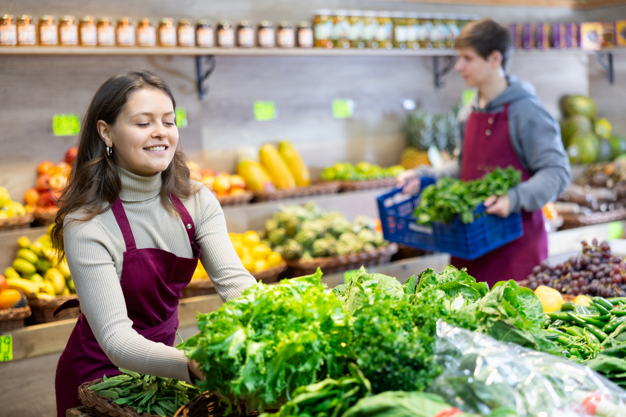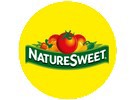"We've seen positive responses on CEA products. As far as other attributes from foreign suppliers, quality is often what resonates. Therefore, CEA production has been a success for our customers as the salad category is skyrocketing. We've been talking with people about food sovereignty, which is top of mind for us. There's a big emphasis on Canadian-grown and local. Yet, there is not as much penetration in the market given the market is behind on Northeast US," says Yan Branco, Lead, Produce Sourcing Innovation and CEA Development at Sobeys, a national supermarket chain in Canada.
In the Indoor AgTech panel 'Growing market share: meeting consumer preferences through tailored product offerings' Tom Stenzel, Executive Director of the CEA Alliance talked us through this notorious topic. Joining him were, Dorn Wenninger, SVP of Produce at UNFI, Martin Ruebelt, CSO & VP of R&D at NatureSweet, Barry Murchie, President and CEO of Goodleaf Farms, and Yan Branco, Lead, Produce Sourcing Innovation and CEA Development at Sobeys.
"The Canadian market is different to the US market as Covid is still relatively fresh in consumers' minds," says Barry Muncie, CEO of GoodLeaf, a Canadian vertical farming company. Given the quality difference of imported produce, the opportunities for vertical farms are to continue delivering high-quality produce. "We are looking at expanding the product suite and creating more capacity to serve those needs."
"For people to get back to products over again is consistency and quality," commented Martin Ruebelt with NatureSweet. As the company is expanding its values to other products, it sees great opportunities to excite the consumers on the products they're looking for. However, how do they distinguish the tomato from the vine, with or without taste? Is it about the product with a brand?

© Iakov Filimonov | Dreamstime.com
Market opportunities
"Only 5% of the US market is covering CEA lettuce and 90% covers greenhouse-grown tomatoes, meaning that the number of market opportunities is massive. Greenhouse-grown tomatoes are harvested and shipped within 24 hours preserving much more taste than open field-grown tomatoes," Martin explains.
As for vertically farmed produce, through feedback, GoodLeaf is obtaining more in-depth information on how the consumer is embracing the product. "It's a unique opportunity to low single digits to a bigger market share, and that's massive to us. We're meeting the consumer needs and that is when I think we'll be able to lift the market share, adding capacity in the right place."
Educating the consumer or should we?
Barry sees a significant path ahead to educate the consumer in the innovation of vertical farming that allows different taste profiles, creating blends, and other eating experiences.
Yet, Yan sees a consequence tied to that education profile. "There are benefits to educating the consumer, but you should select an angle on how to do it as it might be too much off-putting and too technical." Sobeys conducts surveys from coast to coast end search on how to approach educating consumers. They concluded that Canadian shoppers are appreciative of local as they resonate a lot, the shelf life and the non-pesticide aspect. "It's more about focusing on the product attributes, rather than saying it's a greenhouse- or vertical farm-grown product."
"Would a greenhouse- of vertical farm-grown program work for consumers?", Tom asked. "It might, but so long it's in line with what we think is the right path to educate customers. We've done highlights 'Grown in Ontario' to resonate with consumers and that worked very well."
Commenting on that, Martin noted that the tricky thing about having labels for CEA is that there are so many different techniques used by all CEA growers. "Therefore, the quality might not turn out similar, whereas quality and flavor consistency are important consumer assets to meet."
From a retail perspective, it's important to run a network of stores that focus on differentiation and there are a few categories that have massive opportunities but with a small baseline as Yan sees it. "For instance, microgreens, exotic mushrooms and berries beyond strawberries. These are the products we're working on and searching in line with organic. It might be small today, but there are massive opportunities."
 For more information:
For more information:
GoodLeaf
Barry Murchie , CEO
[email protected]
www.goodleaffarms.com
 NatureSweet
NatureSweet
Martin Ruebelt, CSO & VP
https://naturesweet.com
